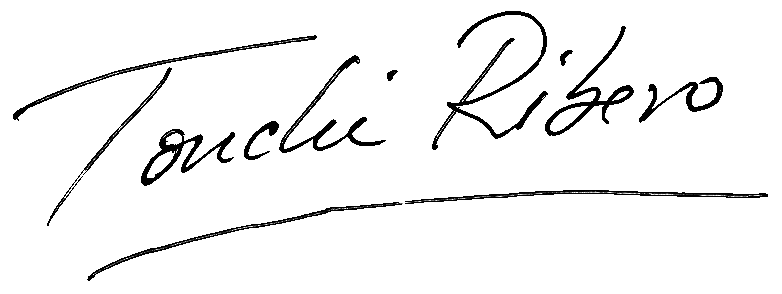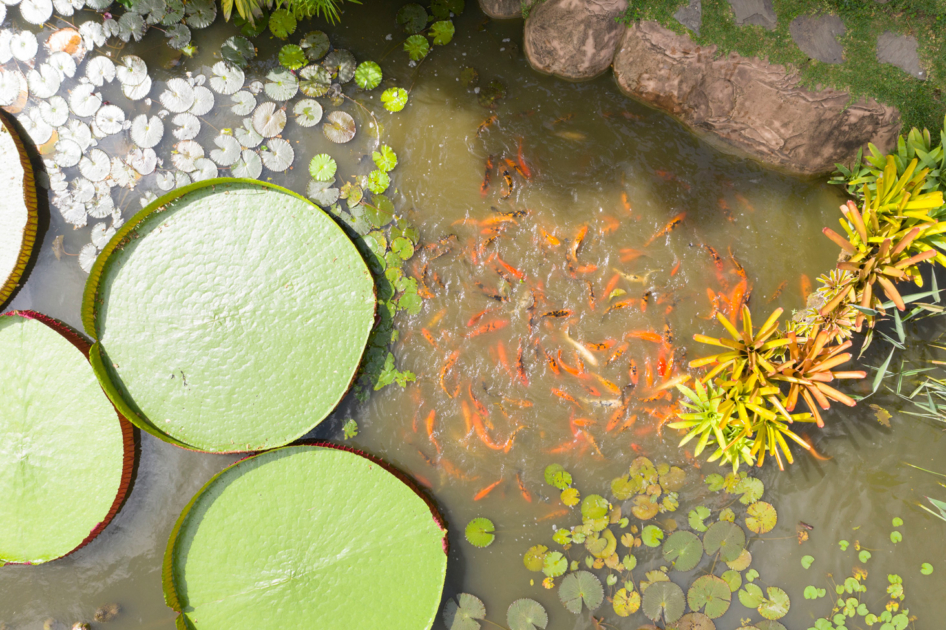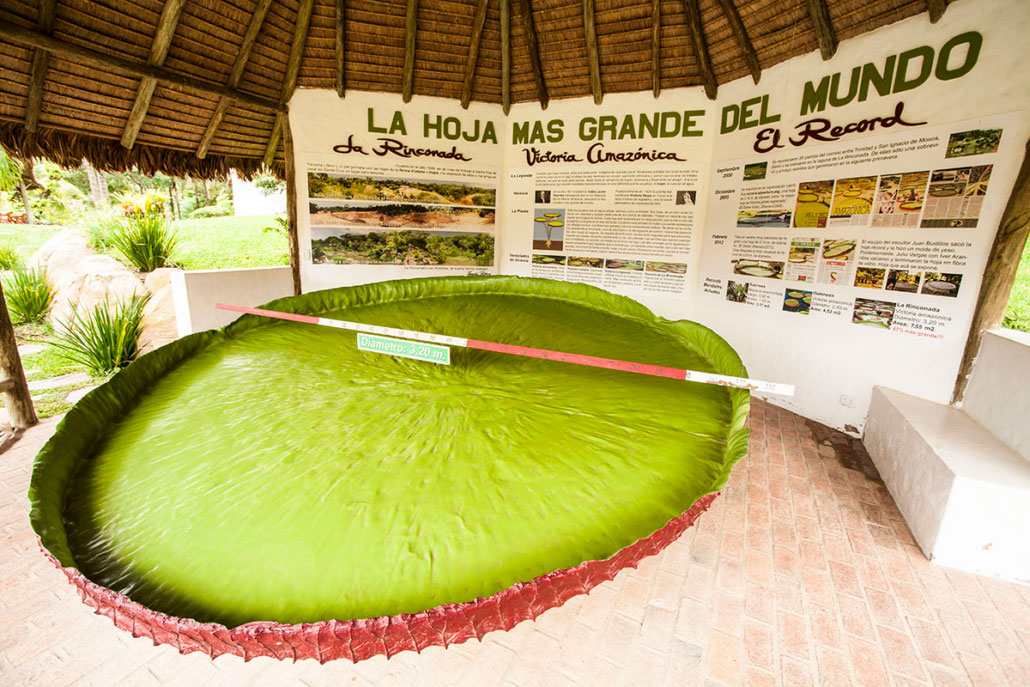THE STORY OF OUR VICTORIA (VICTORY)
The largest leaf in the world is Bolivian
A few days ago, at Kew Gardens, England, a new species of water lily has been presented and recognized worldwide: Victoria boliviana.
We, at La Rinconada, are very happy and proud that the Victoria that we brought from Beni 22 years ago to be part of our gardens, was precisely the one that captured the attention of the scientists who have studied it.
This new Victoria is different from the two other known species, until now: Victoria amazonica, that lives in the slow courses of the Amazonian rivers (Peru, Bolivia and Brazil) and has red borders, and the Victoria cruziana that grows in the flooded plains of El Pantanal and Misiones (Bolivia, Brazil and Paraguay) and has green borders.
The new species has leaves in both colors, because it reproduces plants with both green and red edges, and is endemic to Bolivia. Therefore, the fact that it has been named Victoria Boliviana is a reason of pride for our country and a true and transcendental Bolivian victory.
My first experience with the Victoria was 35 years ago, when I was working on a landscaping project in Santa Ana de Yakuma, Beni. It was in a small wetland where I first saw this extraordinary water lily, with its vibrant wine red and green leaves and large pink fuchsia flowers. It was at this very moment when I decided that I had to build a place to care them and watch them grow in Santa Cruz.
By the end of the year 1999, I was able to acquire the piece of land where La Rinconada is currently located, and due to its undulated topography and the fact that it had a main canyon where a small spring emerged and rainwater flowed, it was the perfect place to build my lagoon for the Victorias.
During the year 2000 the lagoon and the surrounding gardens were built, and when the job was finished, the lagoon started filling with rainwater. I then sent one of my workers, Raul Ortuño, to bring the small plants from Beni. He found them on the way from Trinidad to San Ignacio de Moxos, a short distance from the Tijamuchí River, in a tranquil water mirror on both sides of the road, in which he collected 26 small plants with roots that were wrapped in moist paper and plastic as I had requested.
Raul brought the 26 plants and we planted them in our new lagoon. Of those 26 only one survived, and was then gradually transferred and grown in the center of the lagoon. The plant needs to bloom two flowers in two consecutive days to be pollinized. The first time this happened, I hand pollinated it, which in return produced some seeds that were saved. But then it bloomed two flowers in two consecutive days a second time, and with the help of nocturnal flying insects, it also produced seeds that sank to the bottom of the lagoon and were the origin of this incredible adventure of watching these gorgeous plants grow every year. The cycle begins the month of October where the first leaves are born with an approximate size of 5 cm, and later develop with consecutively larger leaves until they reach their biggest sizes (3m diameter). This, between the months of December and February.
Starting March and the months that follow, the subsequent leaves that are born are smaller in size, until in May or June the plants detach from the bottom of the lagoon and die.
After years of observing and admiring the cycle, we started realizing that the leaves were larger every year. One day, in the year 2006 a dear friend and mentor of mine in the observation, recollection and care of plants in nature, the Botanist Roberto Vasquez, told me: “Tonchi your Victorias are very large why don’t you measure them?”. So we did, and we verified that they had a very unusual size.
With the collaboration of Luzmila (Chiqui) Arroyo, Director of the Santa Cruz Museum of Natural History, who also works with the Missouri Botanical Gardens, we contacted the scientists Kit y Ben Knotts from Victoria Adventure.org in Cocoa Beach, Florida, who certified that the measurement of 2.78m diameter of the largest leaf was an absolute record, and was registered at a scientific level.
Our Victorias kept their size the following years until, at the beginning of February 2012, a very hot and rainy year, the leaves grew extraordinarily, and one reached a record of 3.20m diameter. This leaf was cast into a plaster mold and reproduced in a fiberglass sculpture by a team of sculptors lead by the artist Juan Bustillos with the exact shape, size and color of the original leaf. The sculpture is now exhibited in our Leaf Museum.
Subsequently and with the collaboration of Darío Melgar Gómez, at the time, Director of the Santa Cruz Botanical Gardens and Gunther Beck, Director of the National Herbarium of Bolivia, the Spanish scientific horticulturist Carlos Magdalena, who investigates and cares for the Victorias at the Kew Gardens in England, has been able to determine that this Victoria, endemic to Beni, and that grows and reproduces every year in La Rinconada, is a new species that has now been given the name of Victoria Boliviana.
In this very special occasion, I want to thank the botanist Carlos Magdalena from Kew Gardens, who with his tenacity and knowledge, managed to determine that the Victoria that has been growing in La Rinconada for 22 years, is in fact a new species.
To my worker Raúl Ortuño, who found and brought the first Victorias from Beni.
To Roberto Vásquez, who was my botanist mentor and realized the extraordinary size of our leaves.
To the biologist Chiqui Arroyo, who managed to make our Victoria well known at an international scientific level.
To Darío Melgar Gómez, former Director of the Santa Cruz botanical Garden, and Stefan Beck, former Director of the National Herbarium of Bolivia, who, as authorities of scientific Bolivian entities, made the recognition of this new species possible.
I want to give a special thanks to Sergio Arteaga, my worker for more than 20 years, who with incredible love and care, collects and saves the seeds every year, germinates them and moves the small plants little by little, from the shallow parts of the lagoon to their definite places in the deep end, where the plants reach their maximum splendor.
I would also like to thank the Porongo Municipality, the city of Santa Cruz and all the nature lovers, who, with their visits, make it possible that La Rinconada and it’s Victorias are conserved and continue to grow every year.
To all my workers and specially my children, who with their dedication, effort, and care for nature are managing to make La Rinconada well known in the world, collecting achievements like the one we celebrate now; the recognition of a monumental and trascendental true Bolivian Victory(ia).

Come visit La Rinconada
Our small paradise in Santa Cruz de la Sierra







